How To Take Care Of Wavy Hair?Wavy hair has its own unique charm, but it also comes with its own set of challenges when it comes to maintenance. From defining curls to managing frizz, taking care of wavy hair requires a tailored approach. In this comprehensive guide, we'll explore the best practices and techniques to help you nourish and style your wavy locks for optimal health and stunning definition. Whether you're a seasoned wavy hair enthusiast or just beginning to embrace your natural texture, these tips will empower you to rock your waves with confidence and flair.
Just like curly hair needs a suitable course of action to maintain its brilliance, wavy hair needs to be maintained according to its needs as well. You cannot treat your wavy hair like you do fine hair. The catch with the wavy hair is, many people don’t realize throughout their lives that their hair is wavy, or curly. They just keep on assuming that their hair is fine and straight with frizz and keep on treating it as such, until the hair starts to lose its real texture and the damage creeps in.
Hence, it’s crucial that you figure out what your wavy hair needs. We have piled up a few tips and tricks that can help you figure out your hair types and care for it the right way
Hair Porosity
The porosity of your hair plays a huge role in determining your hair health and its needs. For our buds who are new to this term, hair porosity refers to your hair’s ability to absorb and retain moisture. The science behind hair porosity is based on hair cuticles. When our hair cuticles are tightly closed together, the hair finds it difficult to absorb extra moisture. When these cuticles are open, your hair can easily absorb all the moisture, and then let it go as easily. Hair porosity falls on 3 different levels:
Low Porosity: The hair which has its cuticles tightly bound together are less porous, and does not absorb moisture easily. This type of hair, although, has one benefit; it doesn’t let go of the hair’s natural moisture easily too, which keeps hair hydrated. But it does cause a lot of product buildup.Medium-Porosity:
Your hair has medium porosity if its cuticles are not too open, nor too tightly closed. This type of hair is considered ideal, since it doesn’t have to deal with product buildup, or dryness. It is capable of absorbing an adequate amount of moisture, and retaining it within, which keeps the hair healthy and hydrated.
High-Porosity:
Your hair is likely to be highly porous if it easily absorbs moisture, but still feels dry and brittle. High porosity hair has its cuticles wide opened, which allows moisture to easily enter the hair shaft through the gaps. But since the gaps aren’t closed afterwards, the moisture escapes as easily as it gets in; leaving hair always dry and dehydrated.
It is commonly assumed that curly hair is more porous than wavy or fine hair, but that is not always the case. You can have wavy hair with high porosity as well. Hair porosity has less to do with hair texture, and more with how healthy your hair is. If you have lots of chemical damage/sun damage/hair damage on your wavy hair, chances are that your hair has its cuticles damaged and raised. Hence, high porosity. If your hair is healthy, and free of chemical or heat damage, your hair is likely to be medium, or low porous. Figuring out your hair porosity can help you greatly in caring for your wavy hair.
Hair Type
Another thing that helps in taking care of wavy hair is hair type. Every hair is different in texture, and belongs to a category of hair type. There are 4 main hair type categories:
Type 1 - indicates dead straight hair strand with no texture whatsoever. Type 2 - covers wavy hair types, and has sub-categories such as 2a, 2b, and 2c, referring to three different wavy hair textures. Type 3 - features curly hair. It also has sub-categories such as 3a, 3b, 3c, referring to the intensity of the curls respectively. Type 4 - is denoted to tightly curled hair, ranging from 4a to 4c.If your hair is wavy, it’s likely to fall under type 2 category. Let’s have a look at how to enhance your wavy hair the right way.
Curly Girl Method (CGM) For Wavy Hair
Wavy hair, although different from curly hair, has a benefit. You don’t have to follow an altogether different course of action; you can simply follow a curly hair care routine to enhance your wavy hair. This is where we introduce you to the Curly Girl Method (CGM).
What is CGM?
The Curly Girl Method is a curly hair care routine followed by people who embrace their natural hair and love to take care of it. It involves a number of rules to maintain the healthy curl pattern of your hair. No Sulfates: Curly Girl Method has a strict ban on sulfates, as well as the products that contain sulfates. This rule is based on the belief that since curly hair is already drier than the rest of hair types, sulfates dry it out further. Hence, no sulfates is the first and foremost rule of the CGM.
Co-Washing: Many CGM followers who wash their daily drop their shampoos and wash their hair with…wait for it…conditioners. That’s right. Since daily-washing can really mess with your hair’s natural moisture and dry it out, washing your hair with a conditioner can maintain hair moisture, meanwhile giving your hair a fresh, hydrated look.
No Dry Hair Detangling: When you switch to CGM, you don’t comb your hair when it’s dry; you don’t even think of it. Detangling curly/wavy hair, when dry, can cause excessive hair breakage, split-ends, uncontrolled frizz and loss of coily hair texture. The optimal way to detangle your wavy hair is combing it while you’re in the shower and have lots of conditioner on. Take a wooden wide-tooth comb, flip your hair upside down and start gently detangling your hair from the ends all the way to the top.
Microfiber Towel: There’s no place for your ordinary towel in CGM. Throw it out a window and get either a microfiber towel, or a plain cotton t-shirt. Basic towel, when used to dry hair, can cause frizz and damage, and disrupt your wavy pattern. A microfiber towel/ a t-shirt goes gentle on your hair, and doesn’t cause frizz, maintaining your waves.
The LOC Method: Leave-in products are essential in CGM. Since wavy hair is naturally dry, using only basic conditioner doesn’t hydrate it enough; hence, the frizz. Leave-In products deliver extra moisture to your hair, and hold your wavy pattern, leaving it frizz-free and in shape all day long. (LOC)
Wavy Hair Spray:
Finding the best wavy hair spray for your wavy hair is a real struggle. Since wavy hair is more hydrated than curly hair, using curly hair products for your wavy hair might weigh your waves down, making it look dull and loaded with the products. In such a case, you need a spray that perfectly holds your waves in place, and doesn’t weigh your hair down. Our pick? Try GK Hair VolumizeHer Spray. Infused with Juvexin, Vegetable Proteins and Coconut Oil, this is the best wavy spray for straight hair, as well as wavy hair. It doesn’t weigh down your hair, hydrates it deeply, and promotes bounce and body to your wavy hair.
Hair Plopping: CGM incorporates the hair plopping method, which helps in eliminating frizz altogether and adding definition to your waves. Flip your hair upside down and tie it up in a silk bonnet or a t-shirt for a few hours. This works wonders on hair that cannot hold a wavy pattern and loosen out easily.
The STC Method: Yeah, we know what you’re thinking. This is all a little too much to take in, which is why we’re piling it up for you to make it as simple as possible. The Squish to Condish (STC) Method is the process of applying conditioner onto your dripping wet hair, and scrunch your hair upwards so it makes a sound “squish”. Squishing wavy hair has proven to be one of the best techniques to condition waves, as it helps the conditioner penetrate deep into the hair shaft and hydrate it from the inside out.
Silk/Satin Pillowcases: There’s no room for your ordinary pillowcase in the CGM. Replace your pillowcases with satin or silk to keep out frizz, split-ends, and friction. Wavy hair is sensitive and needs care to thrive. Therefore, keep up with these tiny hair care habits to keep your hair healthy and happy.
And that pretty much sums up the hair care routine for wavy hair. The bottom line? Wavy hair, although, can be a little difficult to manage at times, but it is the best type of hair with its balanced moisture and loose texture.
FAQ
How often should I wash my wavy hair?
It depends on your hair type and lifestyle, but generally, wavy hair tends to thrive with less frequent washing. Aim to wash your hair 2-3 times a week to avoid stripping away its natural oils, which can lead to dryness and frizz.
What products should I use to enhance my wavy hair?
Look for products specifically formulated for wavy hair, such as curl-enhancing shampoos and conditioners, leave-in creams, and styling gels or mousses. These products can help define your waves, reduce frizz, and provide moisture and hold without weighing down your hair.
How can I prevent my wavy hair from becoming frizzy?
To prevent frizz, avoid overwashing your hair and opt for sulfate-free shampoos and conditioners. After washing, gently squeeze excess water from your hair with a microfiber towel or cotton T-shirt instead of rubbing it vigorously. Apply a leave-in conditioner or curl cream to damp hair to lock in moisture and smooth the hair cuticle. Avoid touching your hair too much while it dries to minimize frizz, and consider using a diffuser attachment on your hair dryer to gently dry your waves without disturbing their natural pattern.


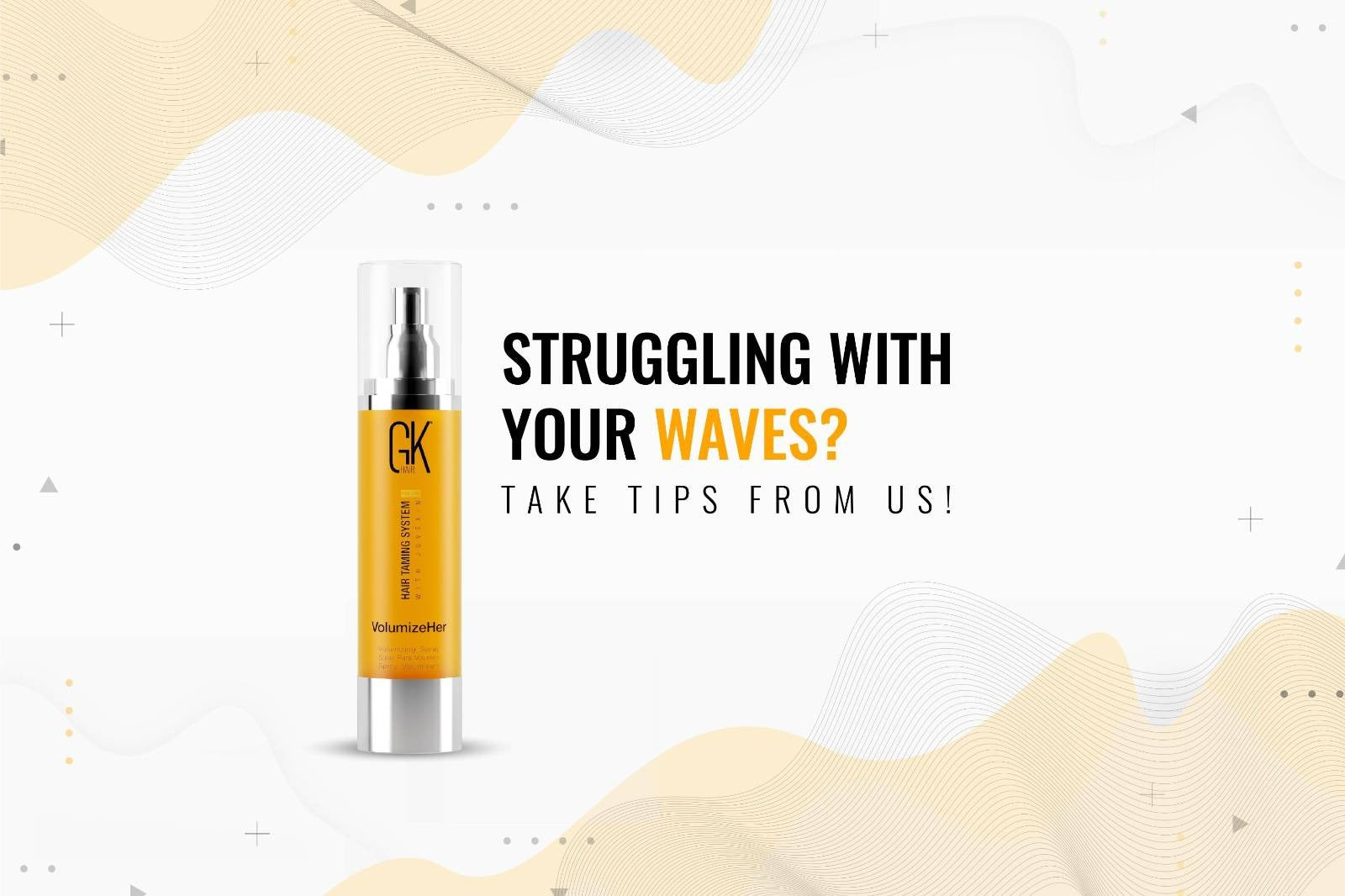


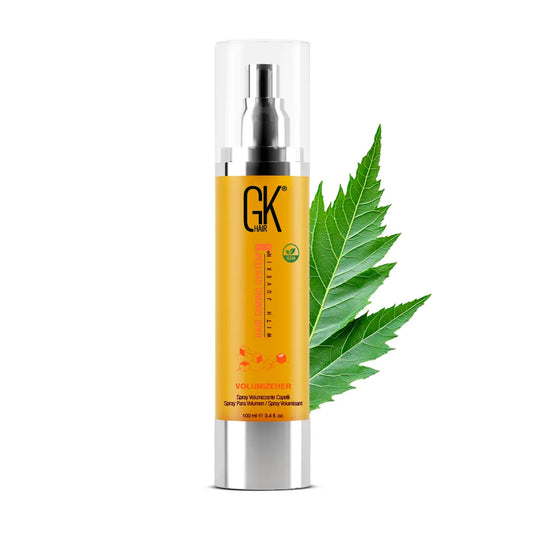
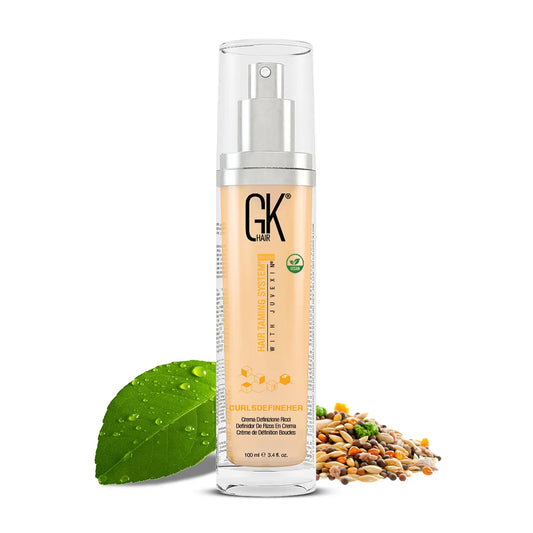





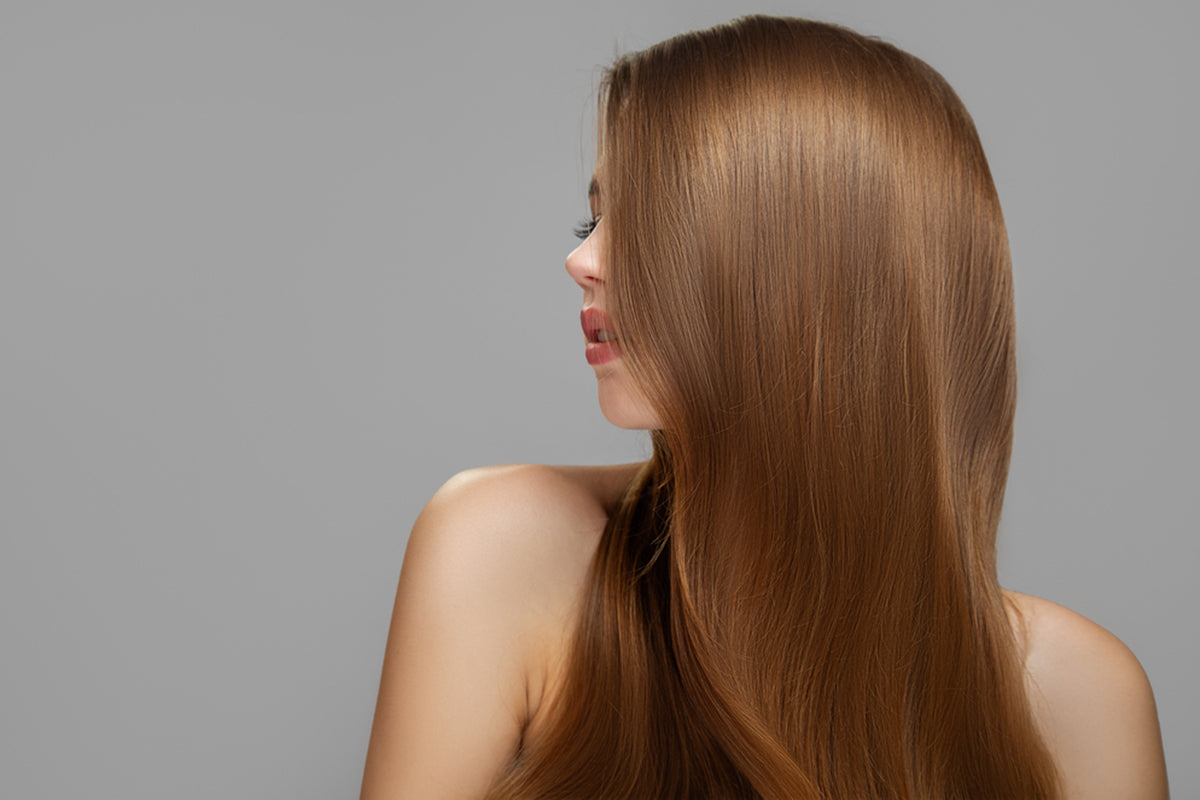
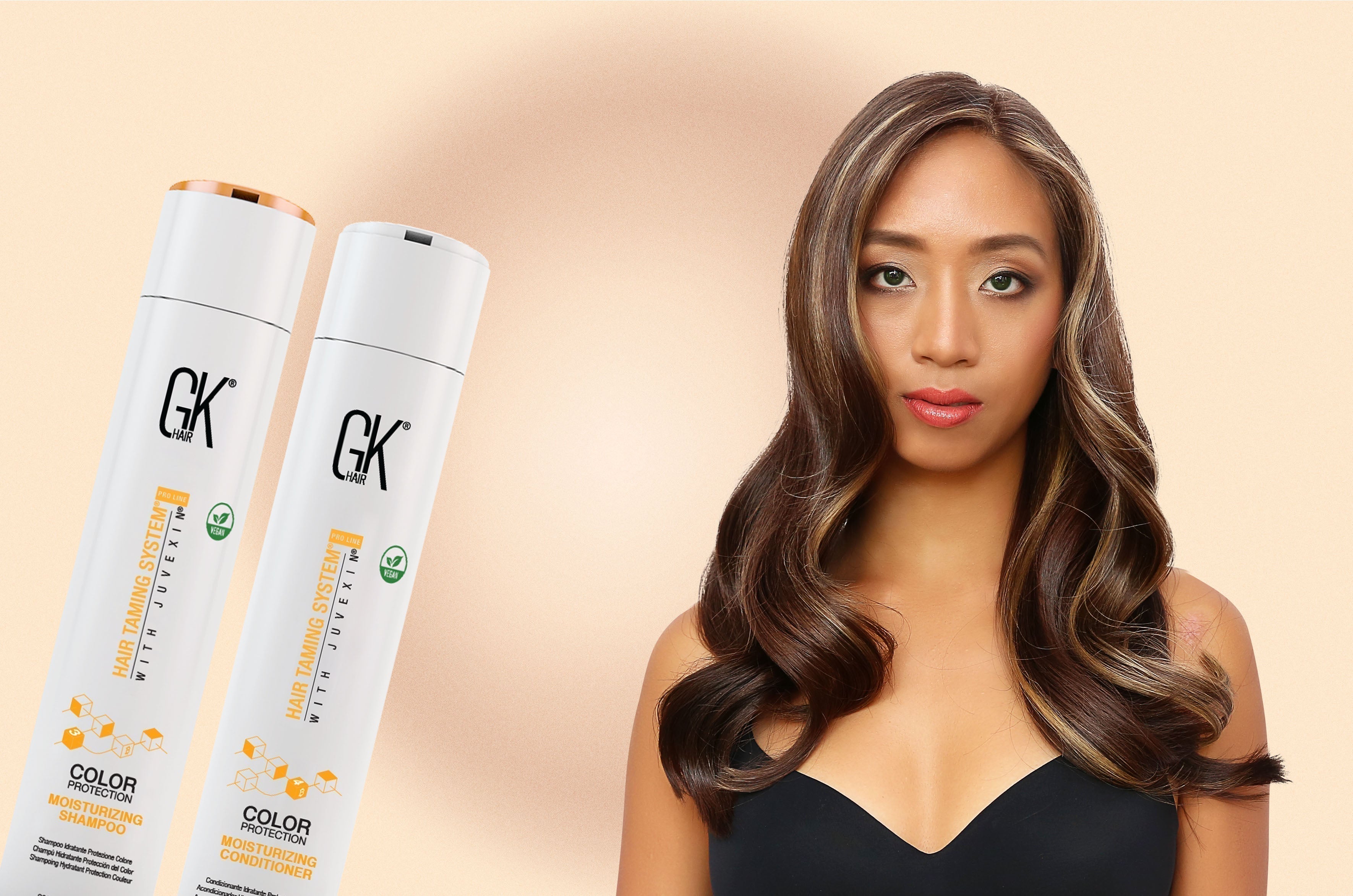
Leave a comment